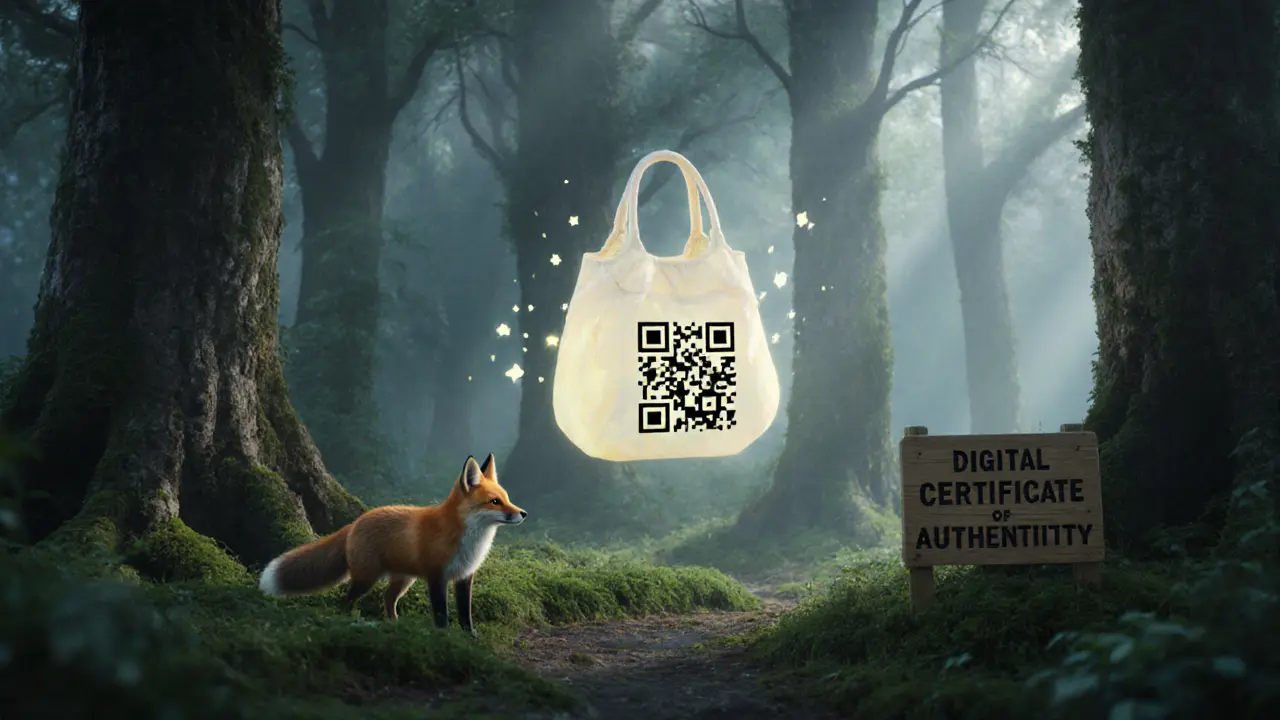Luxochain Token: What It Is, Why It Matters, and What You Need to Know
When you hear Luxochain token, a blockchain-based digital asset designed to authenticate high-end luxury goods. Also known as LUXO, it tries to solve a simple problem: how do you prove that your $10,000 handbag isn’t a fake? The idea sounds straightforward—attach a unique digital ID to every luxury item, lock it on a blockchain, and let buyers verify authenticity with a scan. But in practice, it’s not just about tech. It’s about trust, adoption, and whether brands actually want to play along.
Behind Luxochain token are three key players: the blockchain luxury goods, physical items like designer handbags, watches, and jewelry that are being tokenized for verification, the NFT authentication, non-fungible tokens used as digital certificates tied to physical products, and the tokenized assets, real-world items converted into digital representations on blockchain. These aren’t just buzzwords—they’re the actual tools Luxochain uses. The token itself acts like a key: you hold it, you prove ownership. But here’s the catch: if Louis Vuitton or Rolex won’t scan their products with it, the token is just a digital ghost. No brand backing? No real value.
What’s interesting is how this ties into bigger trends. Counterfeit luxury goods cost the industry over $30 billion a year. Some brands are testing blockchain solutions—like Burberry’s NFT-linked scarves or LVMH’s AURA platform. Luxochain isn’t the only one trying this, but it’s one of the few pushing a public token. That means it’s betting on community adoption, not corporate partnerships. And that’s risky. Tokens need utility to survive. If you can’t use it to buy something, trade it, or verify something real, it’s just another speculative asset. The posts below dig into exactly that: real cases where tokenized luxury worked, where it failed, and how users actually interact with these systems.
What you’ll find here isn’t hype. It’s real analysis—of tokens that vanished, brands that ignored blockchain, and the few cases where digital proof actually changed how people bought and sold luxury items. Whether you’re holding Luxochain token or just curious about the space, these stories show what’s working, what’s not, and why most of these projects never leave the lab.
2
What is LUXO (LUXO) crypto coin? The truth about the luxury authentication token
LUXO is a crypto token designed to authenticate luxury goods via blockchain, but it lacks brand partnerships, exchange listings, and community support. Learn why it's struggling against bigger players like VeChain and AURA.
Latest Posts
Popular Posts
-
 What is Bitgert (BRISE) crypto coin? Full breakdown of the blockchain, tokenomics, and real-world performance
What is Bitgert (BRISE) crypto coin? Full breakdown of the blockchain, tokenomics, and real-world performance
-
 What is Privix New (PRIVIX) Crypto Coin? Facts, Price, and Risks in 2025
What is Privix New (PRIVIX) Crypto Coin? Facts, Price, and Risks in 2025
-
 Xena Exchange Crypto Exchange Review: Professional Tools vs. Regulatory Risks
Xena Exchange Crypto Exchange Review: Professional Tools vs. Regulatory Risks
-
 What is LUXO (LUXO) crypto coin? The truth about the luxury authentication token
What is LUXO (LUXO) crypto coin? The truth about the luxury authentication token
-
 What Is Collateralization in DeFi? A Clear Guide to How It Works and Why It Matters
What Is Collateralization in DeFi? A Clear Guide to How It Works and Why It Matters
Tags
- crypto exchange
- cryptocurrency
- crypto exchange review
- meme cryptocurrency
- blockchain
- cryptocurrency compliance
- Binance Smart Chain
- CoinMarketCap airdrop
- underground crypto Nepal
- crypto airdrop guide
- crypto staking
- Bitcoin mining Iran
- airdrop
- Ethereum staking
- GENIUS Act
- liquid staking
- cryptocurrency exchange security
- crypto
- crypto airdrop
- crypto regulations



